Explore 10 defining characteristics of Nicolaus Copernicus, the visionary astronomer who revolutionized science with his heliocentric theory in the Renaissance era.
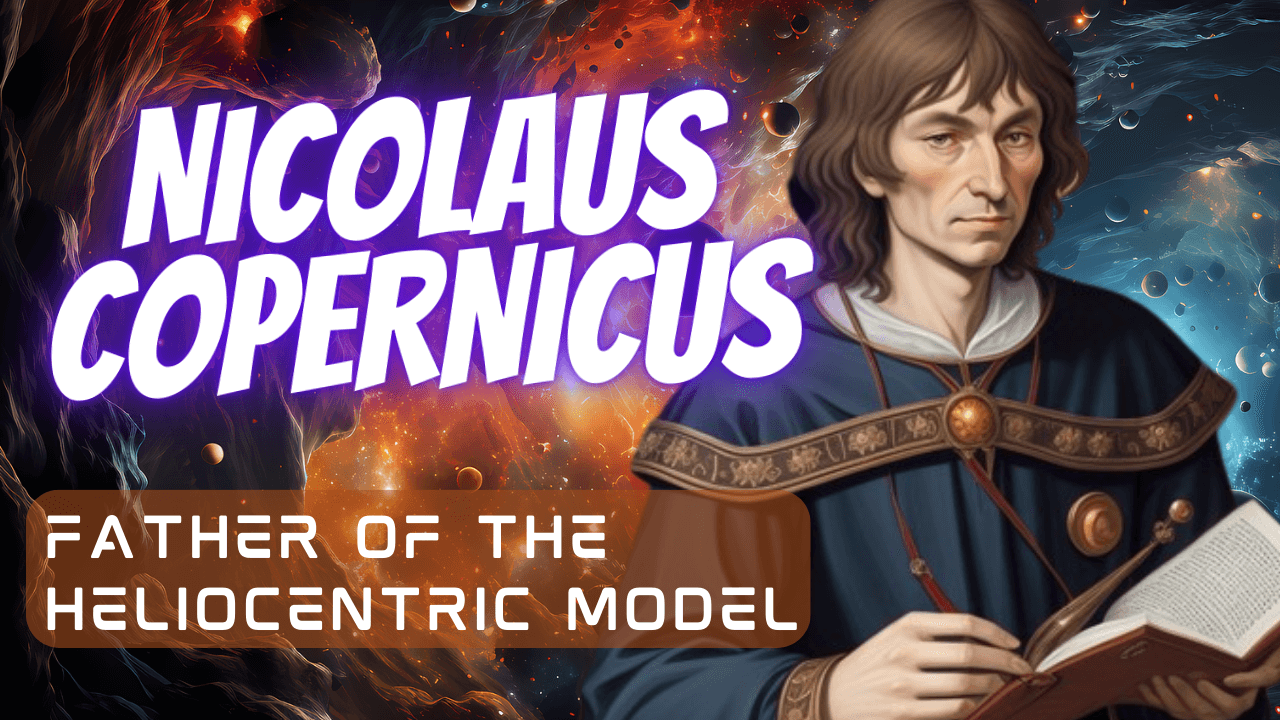
Nicolaus Copernicus was a mathematician, astronomer, jurist, physicist, Catholic clergyman and Polish-Prussian Renaissance military leader, born in 1473 and died in 1543. Famous for having formulated the heliocentric theory of the solar system, according to which the Sun and not the Earth it occupied the central axis around which the rest of the celestial stars orbit.
Copernicus dedicated his life to study, so he toured the Universities of Carcovia and Bologna, where he studied Mathematics, Law, Medicine, Greek, Philosophy and, later, during a brief stay in Rome, Sciences and Astronomy, the last field in which It would give its greatest fruits.
Despite this, and given the revolutionary impact that his studies would have on the current world conception, which contravened the Aristotelian precepts held by the Church (specifically, the model of geocentrism), Copernicus did not publish his work, which he saw the light posthumously.
Characteristics Of Nicolaus Copernicus
1. Heliocentric theory
the heliocentric theory, a groundbreaking scientific concept in the field of astronomy. The heliocentric theory proposed that the Sun, rather than the Earth, was at the center of the solar system, and that the Earth and other planets revolved around the Sun. This was a significant departure from the previously accepted geocentric model, which placed the Earth at the center of the universe and had been the prevailing view for centuries.
Copernicus’ heliocentric model, which he presented in his book “De revolutionibus orbium coelestium” (On the Revolutions of the Celestial Spheres) published in 1543, marked a fundamental shift in our understanding of the cosmos. While Copernicus’ model wasn’t entirely accurate in its details, it laid the groundwork for further advancements in astronomy and paved the way for later scientists, such as Johannes Kepler and Galileo Galilei, to refine and confirm the heliocentric theory.
The heliocentric model was a major turning point in the history of science, as it challenged the prevailing dogma and set the stage for the Scientific Revolution that would follow in the 16th and 17th centuries. Copernicus’ work fundamentally changed our understanding of the structure of the universe and played a pivotal role in the development of modern astronomy.
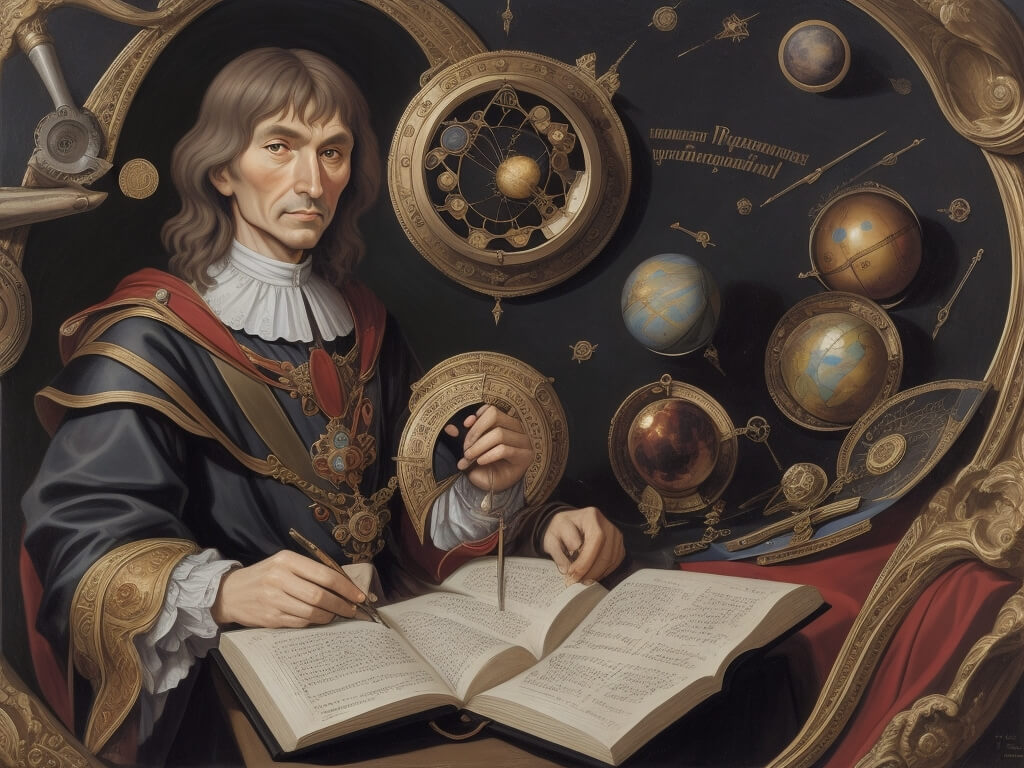
2. Censorship
The reasons why Copernicus did not publish his work in life are unknown. Many suspicions suggest that in 1536, already close to his definitive theory, he was known throughout Europe of his studies and was cited by the archbishop of Capua, Nicholas von Schönberg, to appear and explain his theories. In this summons it seems to be evident the ecclesiastical supervision to which Copernicus would yield.
Other scholars prefer to think that Copernicus was afraid of criticism, which reinforces his faith in the scientific rather than the religious model.
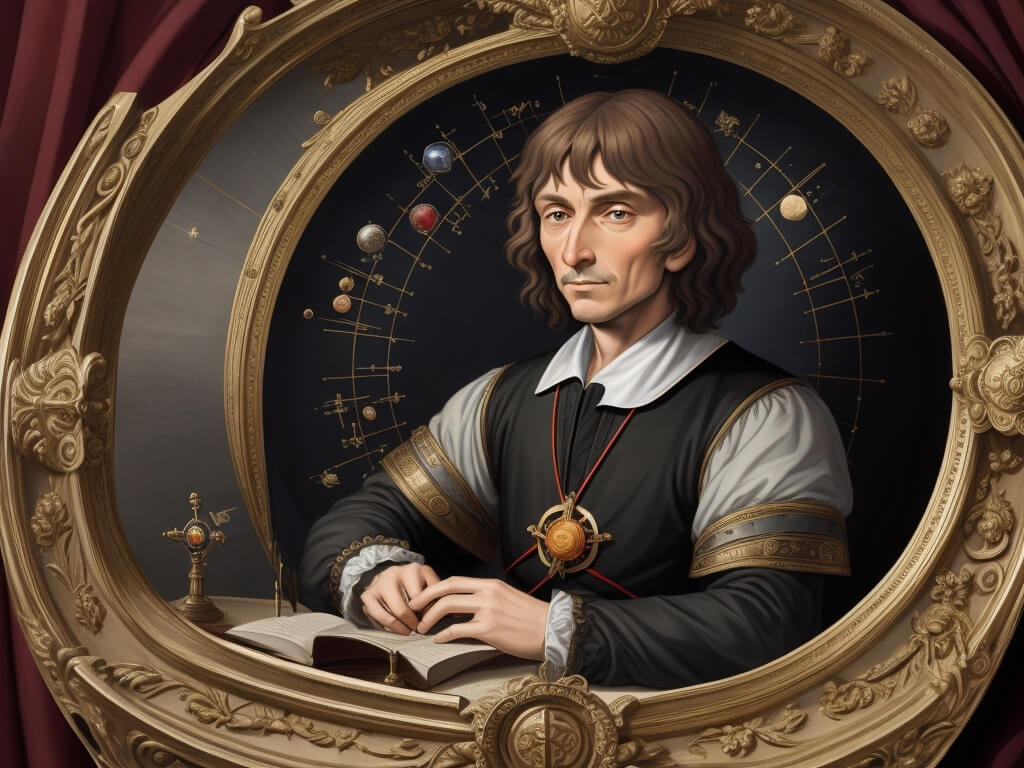
3. Publication
Nicolaus Copernicus is most famous for his publication “De revolutionibus orbium coelestium” (On the Revolutions of the Celestial Spheres). This book, often referred to simply as “De revolutionibus,” was published in 1543. In this work, Copernicus presented his heliocentric theory, which proposed that the Sun was at the center of the solar system, with the Earth and other planets orbiting around it. This marked a significant departure from the geocentric model that had been the prevailing view for centuries.
“De revolutionibus” is considered one of the most important scientific works in the history of astronomy and a key text in the Scientific Revolution. It laid the foundation for our modern understanding of the solar system and the structure of the universe. The book was a pivotal moment in the history of science, and it significantly influenced subsequent astronomers and thinkers who further developed and confirmed the heliocentric model.
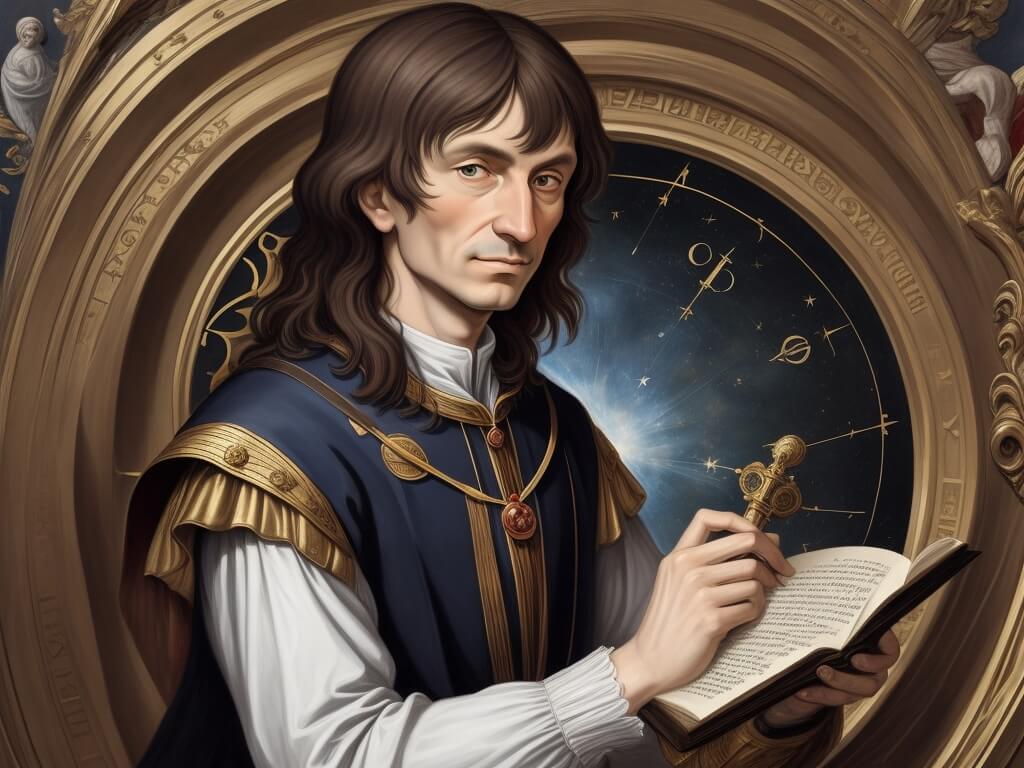
4. Breaking off
The great rupture that was the work of Copernicus is of a cosmological nature and especially religious, since the ideas held throughout the Middle Ages by the dogma of the Catholic Church, and that was sustained in the texts of the Greek philosopher Aristotle, watched over a closed and hierarchical universe, of which the Earth was the center, given its importance in the divine creation.
The Copernican model, on the other hand, proposed a vast and indeterminate universe, practically infinite, whose center was located close to the Sun.
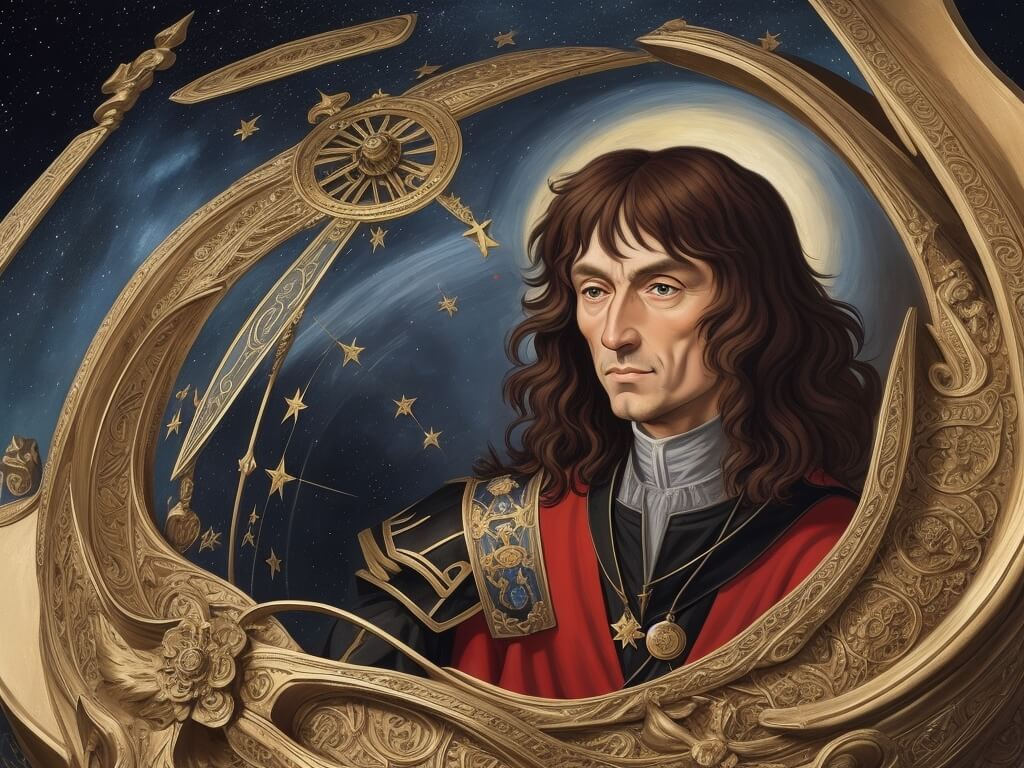
5. Structure
The revolution Copernicus is composed of six books, each with a specific approach:
First, a general explanation of the heliocentric model.
Second, the principles of a spherical astronomy and a list of stars.
Third, the apparent movements of the Sun and related phenomena.
Fourth, the lunar movements.
Fifth, the concrete explanation of the new system based on the above.
Sixth, a continuation of the concrete explanation of the previous book.
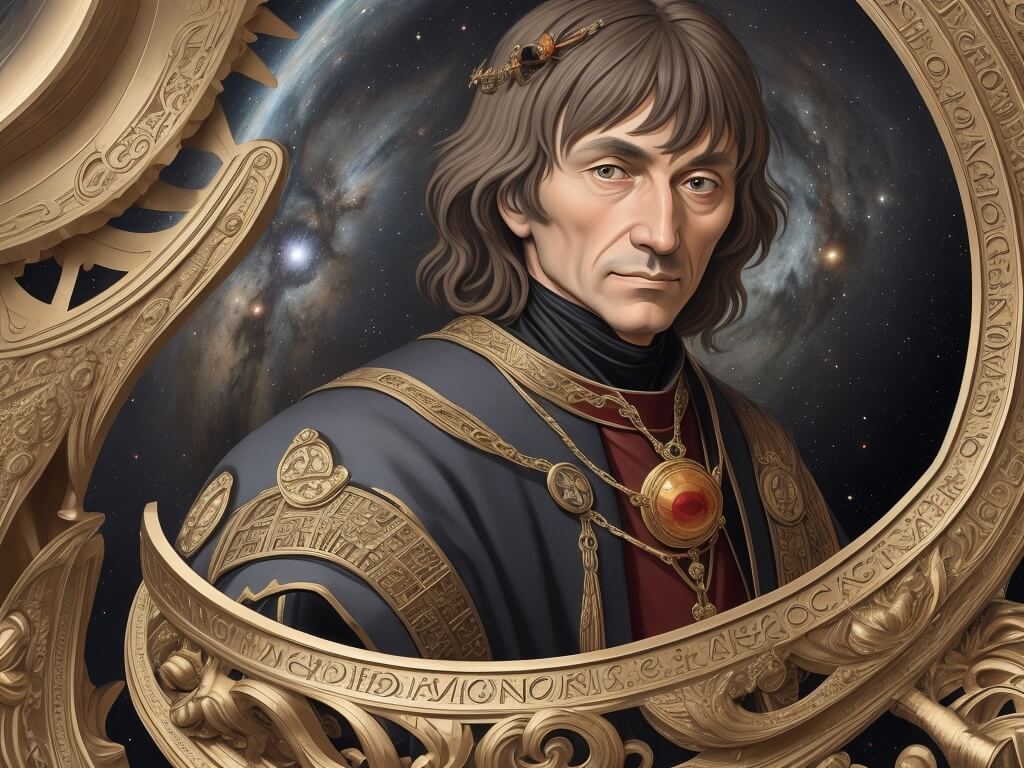
6. Legacy
These theories and explanations are considered the cornerstone of numerous subsequent studies equally revolutionary, such as the work of Galileo Galilei or Isaac Newton, so their contribution is often referred to as the “Copernican Revolution.”
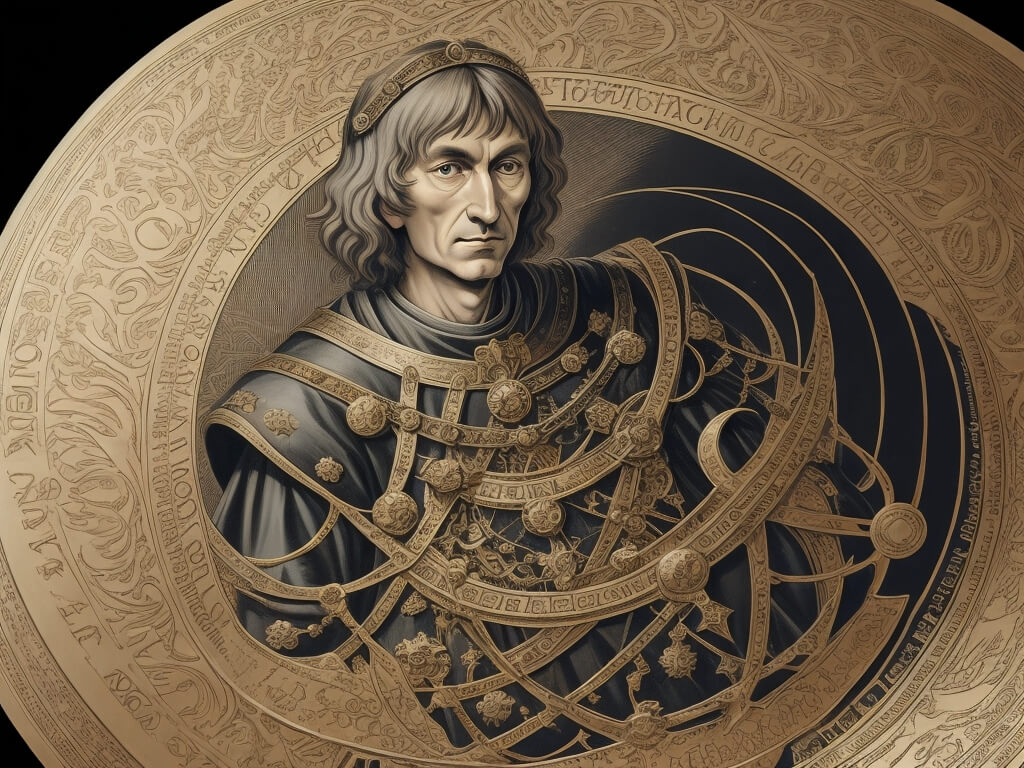
7. Symptom of the time
The importance of the Copernican model is such, in its rupture with the prevailing religious model, that it is considered a sign of the profound and enormous changes that were to come with the Scientific Revolution and the development of humanism as the prevailing ideology, that is, with the birth of faith in human reason and in the scientific capacity to understand the world.
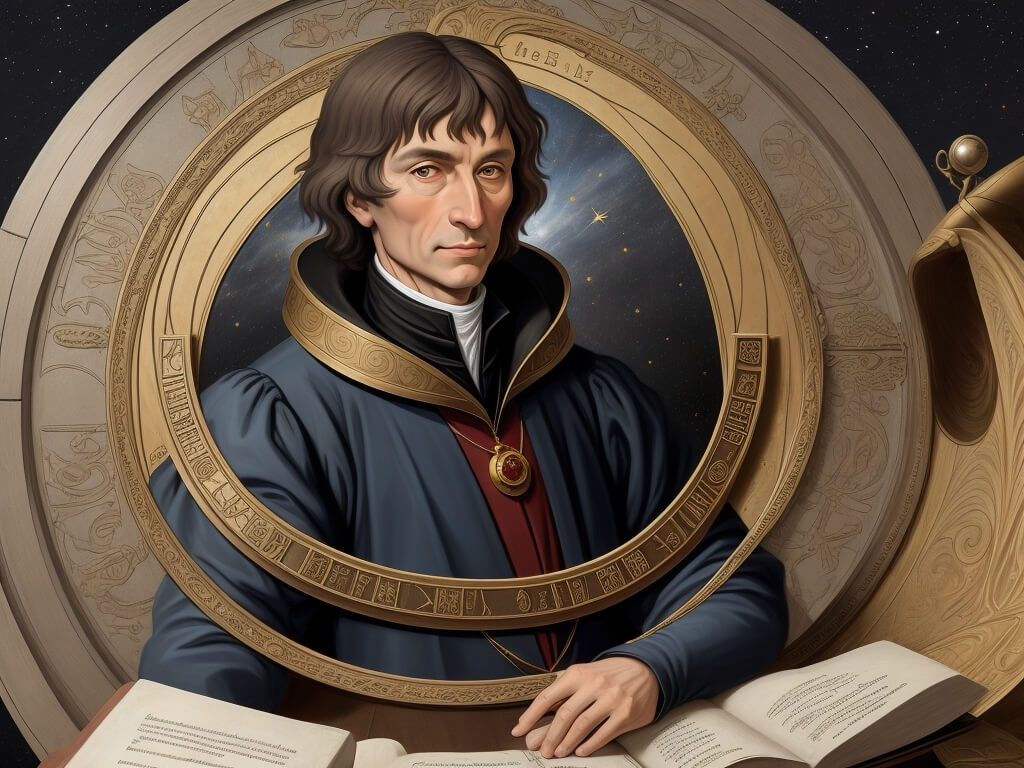
8. Rejection
The rejection of the Copernican works, however, was produced by the Holy Inquisition of the Catholic Church, which opposed and persecuted the defenders of heliocentrism. In fact, his books were included in the Index librorum prohibitorum, that is, the index of books banned by the Church.
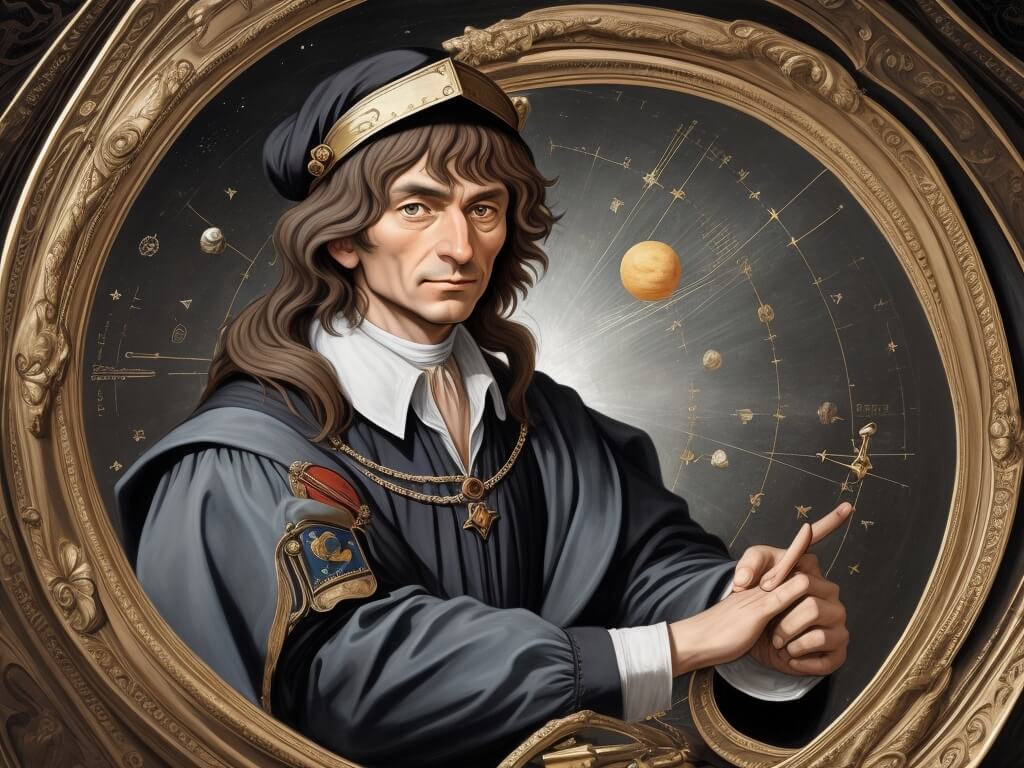
9. Death
Copernicus died of a stroke in his 70s. His remains were found in 2005 by an archaeological group in the Cathedral of Frombork, Poland, and were genetically verified against a hair found among his writings. From them he could recompose a theory about his real face.
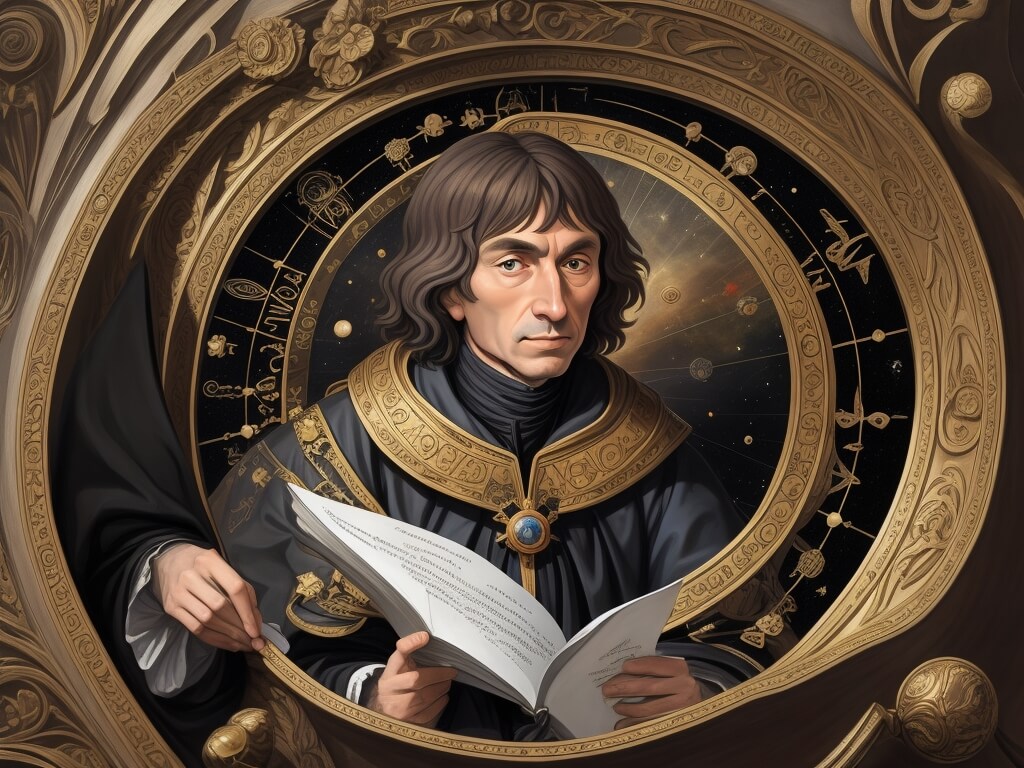
10. Acknowledgments
The name of Copernicus was included, once accepted and understood the value of his discoveries, in the Calendar of Lutheran Saints, and his surname was given as a name to a lunar crater and an asteroid (1322): Copernicus. In 2010 he received second obsequies and was buried under a black tombstone with the Copernican model represented on its surface.